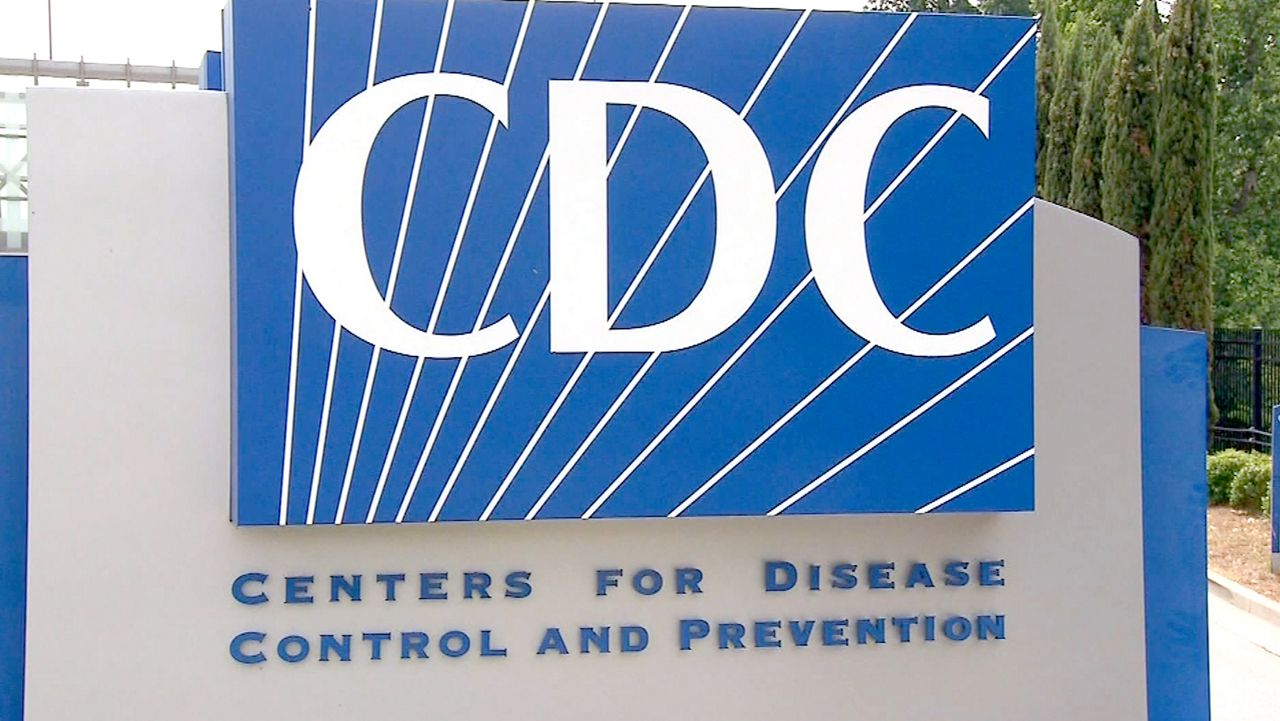Editor's note: Mental Health Musings (MHM) will focus on community resources and stories throughout the COVID-19 pandemic. Some of the information from this article comes from the National Press Foundation’s Opioid and Addiction Fellowship 2021 programming of which Camalot Todd is a member.
A year ago, officials in three Western New York counties flagged the public on an increase in deaths by opioid overdose, six weeks after New York slowed to a halt due to necessary precaution sput in place to stop the spread of the COVID-19 virus.
Deaths by overdoses were increasing across the nation at the same time, but even before the isolation and disruption of addiction treatment brought on by the pandemic, the nation was seeing a rise in deaths.
More than 87,000 Americans died by overdoses from September 2019 to September 2020, with the largest peak during April and May 2020, according to preliminary data released by the Centers for Disease Control and Prevention.
“The overdose epidemic has accelerated as best we can tell during this COVID public health emergency,” said Wilson Compton, the deputy director of National Institute on Drug Abuse at National Institutes of Health, during a National Press Foundation conference. “I can't completely separate though is how much of this is a continuation of that acceleration that we were seeing from fentanyl being marketed and sold in new parts of the country, as well as the social impacts of the pandemic intersecting with the overdose risks.”
In Erie County, one of the three that reported deaths by opioid overdoses increasing during spring 2020, there were 232 people who died by opioid overdose with 17 deaths pending, according to data by Erie County Opiate Task Force during its most recent quarterly meeting.
That’s a 49% increase from 2019, where the county lost 156 people to death by opioid overdose.
Locally and nationally, the increase in deaths is associated with the rise of illicit fentanyl, which differs from the medical-grade often used in surgeries, found in both methamphetamine and cocaine.
These drugs, among others, are often cut with this illicit fentanyl and sold to people who are unaware of its presence, said Grant Baldwin, the director of the Division of Overdose Prevention at the CDC, during the National Press Foundation conference.
The population impacted by the opioid epidemic is changing as well.
The highest increase in opioid deaths, driven by fentanyl, is among Black Americans, Nora Volkow, the director at the National Institute on Drug Abuse, said at an addiction conference.
The rate for overdose deaths among Black people in America was 40% compared to a population increase of 21%, according to a 2020 report by the Substance Abuse and Mental Health Services Administration Office of Behavioral Health Equity.
While in Erie County, Black residents died of an overdose at 19%, but they represent 15% of the population in 2020, according to data presented in the most recent Erie County Opiate Task Force quarterly meeting.
“Every day, addiction medicine professionals confront the tragic consequences of racial injustice among the patients and communities we serve — from the disproportionate incarceration of BIPOC (Black, Indigenous and People of Color) with the disease of addiction, to treatment barriers for many BIPOC, to rising overdose deaths and ongoing discrimination,” said Stephen Taylor, the chief medical officer of the Behavioral Health Division of Pathway Healthcare, during a National Press Foundation conference.
Systemic racism, both at the policy level and in addiction medicine, creates barriers for BIPOC community members, according to the American Society of Addiction Medicine (ASAM) statement on advancing racial equality in addiction medicine, which Taylor helped write.
ASAM highlights several solutions to ensuring equitable addiction treatment including trauma-informed care, structural competency, and racial understanding.
The pandemic has helped expand access to treatment for addiction here in Western New York.
Evergreen Health’s harm reduction model encourages those who use substances to have a supply of naloxone on hand, start with a smaller amount, use a fentanyl test strip on their supply, and call a helpline like Never Use Alone at 1-800-484-3731.
It also operates syringe exchanges on-site in Buffalo and Jamestown and all eight counties of WNY through its Mobile Syringe Exchange.
Erie County offers a 24/7 addiction hotline at 716-831-7007
To register for ECDOH Opioid Trainings, visit www.erie.gov/opioidtrainings.
The Text for Narcan program can be reached at 716-225-5473, and, to request an emergency naloxone box for your business, contact 716-858-7695.
In New York, remote medication-assisted treatment (MAT) was approved amid the COVID-19 pandemic, allowing people across the state and in many counties including Erie and Monroe to have access to buprenorphine, commonly used for opioid addiction, at home.
Find a provider here.
Other services for substance use services Spectrum News Buffalo has highlighted can be found here.



